13+ Sample Fleet Management Proposal
-
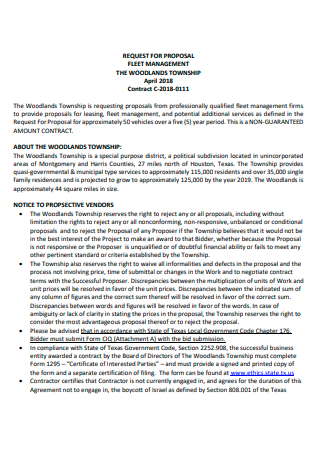
Fleet Management Proposal Template
download now -

Fleet Management System Software Proposal
download now -

Fleet Management Services Proposal
download now -

Fleet Management Company Proposal
download now -
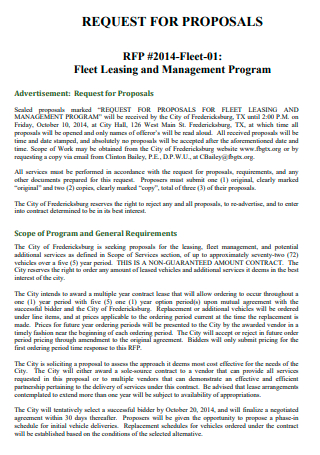
Fleet Leasing and Management Program Proposal
download now -
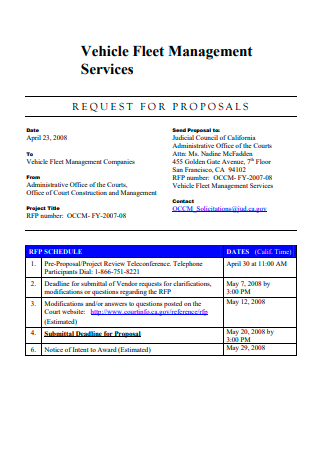
Vehicle Fleet Management Services Proposal
download now -
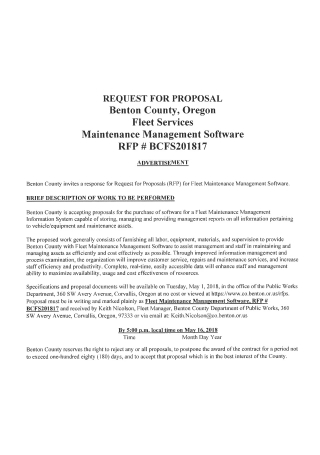
Fleet Services Maintenance Management Software Proposal
download now -
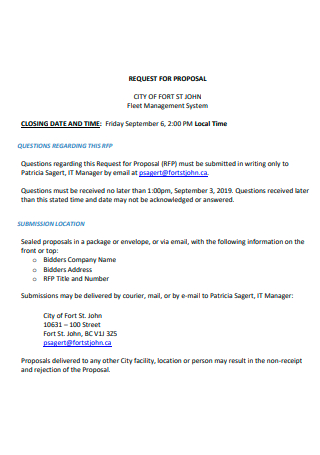
Fleet Management System Proposal
download now -
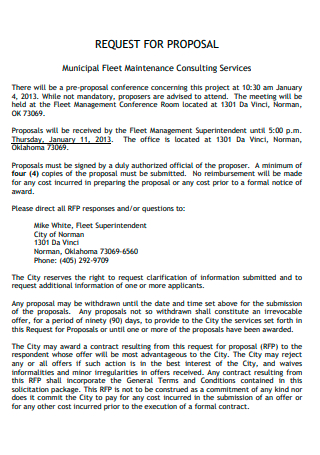
Municipal Fleet Maintenance Consulting Services Management Proposal
download now -
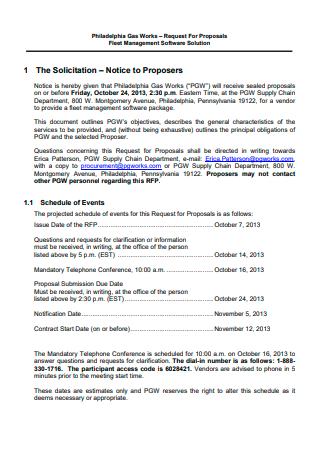
Fleet Management Software Solution Proposal
download now -
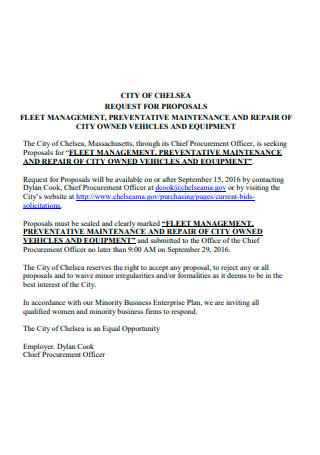
Fleet Management Proposal Example
download now -
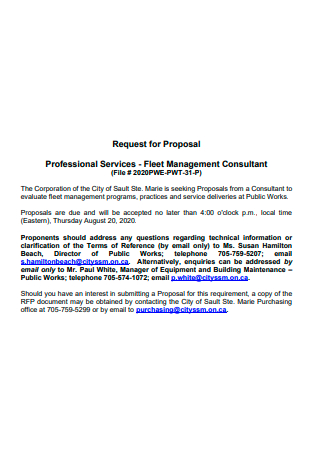
Fleet Management Consultant Proposal
download now -
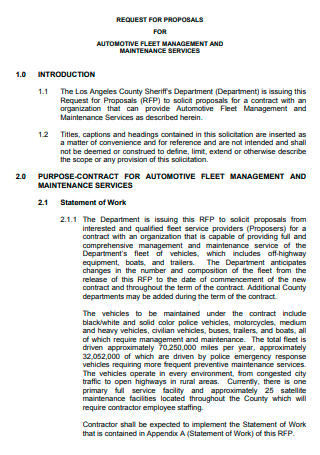
Fleet Management and Maintenance Services Proposal
download now -

Fleet Management Proposal in PDF.
download now
FREE Fleet Management Proposal s to Download
13+ Sample Fleet Management Proposal
What Is a Fleet Management Proposal?
Benefits of Fleet Management Software
Elements of an Effective Fleet Safety Program
How To Be a Highly Effective Fleet Manager
FAQs
What are fleet management skills?
What makes a good Fleet Manager?
What does a pit controller do?
What Is a Fleet Management Proposal?
Fleet management is an organizational strategy that enables businesses to organize and coordinate their work vehicles to increase productivity, minimize expenses, and comply with government laws. In addition to vehicle tracking, fleet management also includes monitoring and recording mechanical diagnostics and driver conduct. Businesses in the courier, oil and gas delivery, utility, maintenance, and service industries utilize fleet management to assure responsible vehicle use, confirm safety, and provide real-time tracking. In addition to delivery vehicles and trucks, the boating sector also uses fleet management systems. According to a study, sixty-four percent of businesses who utilize fleet management technology find it very or ‘very’ advantageous to their operations.
Benefits of Fleet Management Software
Fleet management has many benefits for commercial fleets of all sizes and types, including increased safety, productivity, and driver performance, lower operational costs, less driver turnover, and less confusion in reporting. The goal of fleet management is to oversee and manage all fleet operations so that a business runs smoothly, safely, efficiently, productively, and profitably. When used with the right technologies and systems, the best fleet management strategies give you a digital plan for running your business safely, efficiently, and cost-effectively. The fleet management software you use can significantly affect how you manage your fleet. Depending on how good your software is, you may be able to spend much less time and money managing a commercial fleet. Here are some of the benefits of a fleet management system that are hard to ignore:
Elements of an Effective Fleet Safety Program
Safety is one of the primary issues for fleets of all sizes and shapes. In the event of an accident, fleets may face the poor press, vehicle downtime, the possibility of lawsuits, and a decrease in productivity. There are numerous reasons why fleets should invest in safety programs. It is a long-term investment that yields better accountability, increased fleet safety, fewer collisions, and potential liabilities, and decreased operational costs. But what does an effective fleet safety program entail? This post can assist you if you are uncertain about how to enhance your fleet management and operations by placing a greater emphasis on fleet safety. Here are six essential components of an efficient fleet safety program.
1. Hiring safe drivers
A successful fleet safety program begins with the selection of drivers. The objective is to assemble a team of qualified drivers who appreciate the significance of fleet safety and give it a top priority. When recruiting drivers, you should consider their employment history, social security number, history of drug/alcohol violations, motor vehicle reports, and pre-employment drug testing. A successful driver recruitment procedure can contribute to a higher driver retention rate. It accomplishes this by ensuring that you hire drivers with the same vision, work ethic, and attitudes as most other drivers in your fleet.
2. A complete driver education curriculum
After assembling a team of safe and dependable drivers, training them is the next stage. Driver training minimizes the likelihood of road accidents and standardizes the protocols drivers must adhere to conduct operations efficiently. A thorough driver training program should include everything, from communication to specific driving habits. Driver training can be a significant administrative load, so use the appropriate technologies to streamline the process.
3. Observing driver performance and conduct
Effective fleet safety programs include regular driver performance and monitoring to ensure that all drivers adhere to fleet safety requirements and drive safely. The easiest way for customers to monitor driver performance and conduct is by watching the driver safety scores area. A driver’s safety score is calculated based on the number of times they cause a significant safety occurrence. Ranking all drivers based on their performance and safety scores makes it easier for fleet and safety management to identify drivers who require mentoring.
4. Encouraging safe driving practices
For a fleet safety program to be effective, long-term, and sustainable, all drivers must actively and continuously participate. Reminding and urging drivers to adhere to safe driving habits frequently is crucial. A performance-based compensation or reward system is one of the most effective and motivating techniques. Through this approach, you can provide monetary or non-monetary incentives for good performance. Using driver scorecards, you may monitor drivers’ performance over time, identify drivers with the best safety scores, and identify drivers who have improved over time. A performance-based remuneration system may result in a safer, more dependable, and more motivating workplace, increasing driver retention and overall driver satisfaction.
5. Vehicle maintenance
To develop an effective fleet safety program, you must also ensure that all vehicles are healthy and safe. Routine vehicle inspections prevent unscheduled vehicle failures and are integral to a comprehensive and well-oiled fleet safety program. Identify vehicle maintenance problems as soon as feasible. An intelligent fleet management system can monitor problem codes automatically and inform safety officers and drivers in real-time. A mobile and customizable vehicle inspection process would also make it more accessible and driver-friendly, given that drivers are typically on the road. Providing drivers with a simple method for vehicle inspections could enhance driver involvement, which is essential for any fleet safety program.
6. A continued focus on fleet safety
The significance of overall fleet safety must be emphasized frequently. Attending safety conferences is another method of stressing the importance of security. You can also create initiatives to motivate other drivers that recognize the safest driver of the month. It is also advisable to regularly discuss fleet safety metrics with your drivers, fleet managers, and safety officers. Observing improvements and favorable trends over time supports the program’s efficacy and inspires everyone to continue enhancing fleet safety.
How To Be a Highly Effective Fleet Manager
Every fleet has potential for development, and we’ve created a list of tried-and-true fundamentals that will almost certainly improve your fleet operations and make you a better fleet manager. The same holds for fleet managers who handle daily complex fleet operations. The opportunity to successfully manage your fleet while increasing your bottom line is enormous. There are, in fact, several practices that can make fleet managers incredibly productive. When properly implemented, these best practices can significantly impact your company’s financial line and the general safety of your personnel.
1. Regarding the safety of your fleet, act rather than react.
Given drivers’ multiple diversions and safety risks, it is always prudent to anticipate potential issues. If you wait for an accident or near-miss, your business and employees may pay a high price. Investing in a hands-free gadget, driver behavior monitoring software, or in-cab camera may seem redundant, but the alternative will always be more expensive. You may also connect the driver behavior data collected by your telematics devices into cloud-based fleet management software for a more in-depth analysis of the impact these behaviors have on your drivers and vehicles. Understand what your drivers are doing when you are not observing them.
2. Facilitate fleet vehicle maintenance administration.
People tend to choose the path with the least amount of difficulty. If you want your drivers to keep up with basic vehicle service and maintenance, you must simplify inspections, scheduling, and reporting. Whiteboards, handwritten notes, and file folders have been utilized to keep fleets on time. A successful vehicle maintenance program is cloud-based fleet management software with mobile accessibility and automatic features such as service reminders and electronic driver vehicle inspection reports. Make fleet maintenance management mobile, automated, and accessible to all team members to facilitate simplification.
3. Establish rules for fleet vehicle acquisition and retirement
Consistency is crucial. Without purchasing standards, personnel from various departments and locations may purchase and retain automobiles at their discretion. Your business could lose money without bulk purchases and knowing the optimal time/mileage to sell cars. Take the time to check vehicle options that match the needs of your fleet and develop a purchase strategy. The objective should be to maximize vehicle replacement.
4. Establish objectives and standards for driver performance.
Some of our clients reward drivers for doing a good job: attaining high fuel efficiency, executing regular vehicle checks, or demonstrating exceptional driving performance. Although this may not function for everyone, you should constantly hold your drivers accountable for their performance. Better driving habits and well-maintained vehicles can result in significant fuel savings across an entire fleet. Monitoring driver behavior makes it easier to promote safe driving habits. Create attainable objectives for your drivers to promote safer, more responsible driving practices.
5. Measure anything relevant.
Metrics are crucial because they may be used to track progress, but they can also become meaningless if they do not measure anything valuable. To control your fleet operations, you must ensure accurate measurement. After all, how can one improve something if the starting point is unknown? Cost per mile, total cost trend, and operating cost summary are a few measures that provide substantial insight into vehicle performance and fleet performance overall. You can make data tracking much easier with a centralized fleet management platform or upgrade to a more innovative spreadsheet that performs the calculations.
6. Document everything electronically
Get rid of your file folders. In a world of inexpensive online storage, there are no justifications for not knowing where your fleet data is stored. Invoices, work orders, receipts, pictures, employee records, and product manuals, among other digital documents, can be stored in a centralized place and accessed from any internet-connected device. It is time to adopt contemporary fleet car management practices. Move your fleet’s documents to the cloud and access fleet data immediately.
7. Constantly update your knowledge of industry developments and contemplate adoption
The fleet industry is constantly evolving. Therefore, it is essential to stay current. Join an industry association, read trade journals and blogs (such as this one), and stay current on car technology. As you learn about new technology, adopt it without hesitation. Alternative fuels, for instance, were formerly considered improbable, but they may now be feasible and cost-effective for your fleet. Similarly, if you have reliable data on your car technology, you can make informed decisions about return on investment. Supporting cloud-based fleet management software can be a terrific way to bring your fleet into the future by providing greater visibility into your fleet’s data and more actionable insight than paper reports.
FAQs
What are fleet management skills?
Excellent fleet managers can easily conceptualize and convey an idea verbally and in writing. By being concise and direct, they can get their ideas successfully to others at any management level.
What makes a good Fleet Manager?
Great fleet managers are creative and employ unconventional methods to generate fresh ideas. Fleet managers must consider the future in addition to the present. They must anticipate both obstacles and opportunities and be prepared to respond accordingly.
What does a pit controller do?
They ensure that holes are drilled by the drill plan and at a steady pace to maximize productivity without endangering others or damaging equipment. They are changing the drill rods and bits by safety regulations. Before drilling operations begin, the drill site is inspected for any dangerous conditions.
There are numerous businesses with fleets. Understanding the techniques involved in fleet management will assist your organization in controlling expenses, being competitive in the market, and exceeding client expectations. By selecting a fleet manager, fleet management can be conducted in-house or outsourced to an external fleet solutions provider.
